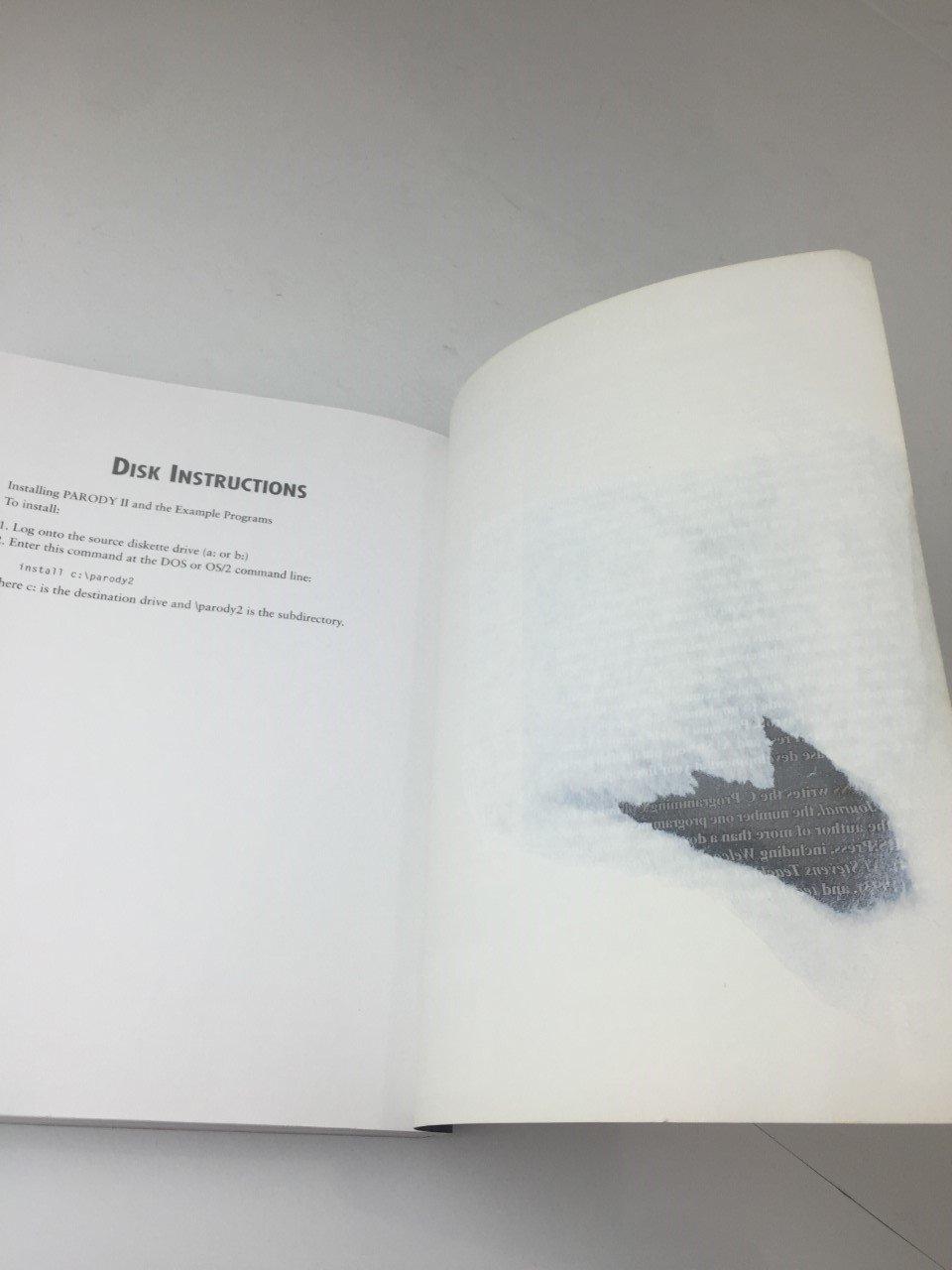Answered step by step
Verified Expert Solution
Question
1 Approved Answer
Specifications of a Simple Processor: Instruction Set ( More details can be found in the following ) : The instruction set for the simple processor
Specifications of a Simple Processor: Instruction Set More details can be found in the following: The instruction set for the simple processor will consist of basic arithmetic and logic operations such as addition, subtraction, multiplication, division, and logical operations such as AND, OR and NOT. The instructions will be encoded as binary codes and will be stored in the memory. Register Set: The simple processor will have eight bit registers to store data and operands for the arithmetic and logic operations. These registers will be named R R R R R R R and R Memory Architecture: The memory architecture for the simple processor will consist of K bytes of addressable memory. The memory will be byteaddressable, which means that each memory location will contain one byte of data. The memory will be split into two sections, the data memory and the instruction memory. The data memory will have K bytes of memory, while the instruction memory will have K bytes of memory. The Spec of Instruction Set The instruction set for the simple processor will consist of the following basic arithmetic and logic operations: ADD This instruction adds the contents of two registers and stores the result in a destination register. The format of the instruction is as follows: ADD Rd Rs Rs where Rd is the destination register, and Rs and Rs are the source registers. SUB This instruction subtracts the contents of two registers and stores the result in a destination register. The format of the instruction is as follows: SUB Rd Rs Rs where Rd is the destination register, and Rs and Rs are the source registers. MUL This instruction multiplies the contents of two registers and stores the result in a destination register. The format of the instruction is as follows: MUL Rd Rs Rs where Rd is the destination register, and Rs and Rs are the source registers. DIV This instruction divides the contents of two registers and stores the result in a destination register. The format of the instruction is as follows: DIV Rd Rs Rs where Rd is the destination register, and Rs and Rs are the source registers. AND This instruction performs a bitwise AND operation on the contents of two registers and stores the result in a destination register. The format of the instruction is as follows: AND Rd Rs Rs where Rd is the destination register, and Rs and Rs are the source registers. OR This instruction performs a bitwise OR operation on the contents of two registers and stores the result in a destination register. The format of the instruction is as follows: OR Rd Rs Rs where Rd is the destination register, and Rs and Rs are the source registers. NOT This instruction performs a bitwise NOT operation on the contents of a register and stores the result in a destination register. The format of the instruction is as follows: NOT Rd Rs where Rd is the destination register, and Rs is the source register. All instructions will be encoded as binary codes and will be stored in the instruction memory. The format of the instructions will be designed to optimize the usage of the available bits for encoding the instruction opcode, registers, and operands. The exact details of the instruction encoding format will depend on the specific requirements of the processor architecture.
Step by Step Solution
There are 3 Steps involved in it
Step: 1

Get Instant Access to Expert-Tailored Solutions
See step-by-step solutions with expert insights and AI powered tools for academic success
Step: 2

Step: 3

Ace Your Homework with AI
Get the answers you need in no time with our AI-driven, step-by-step assistance
Get Started


